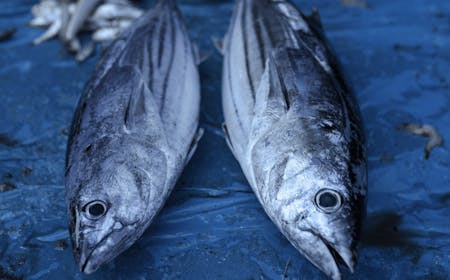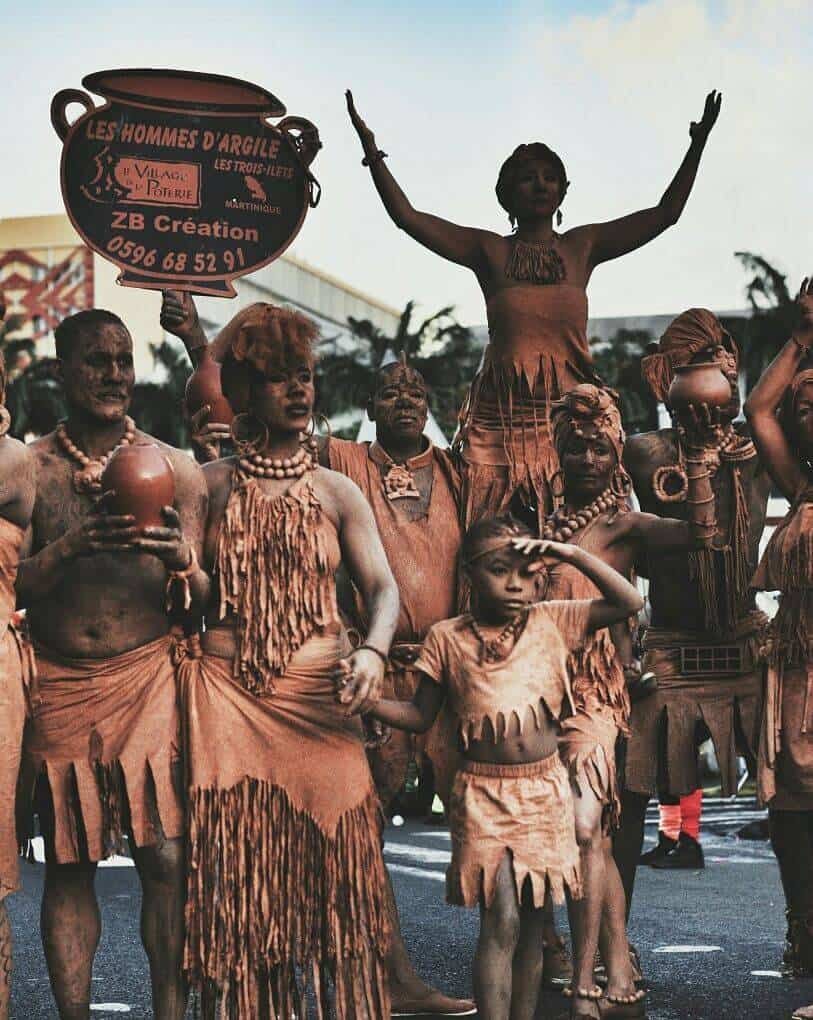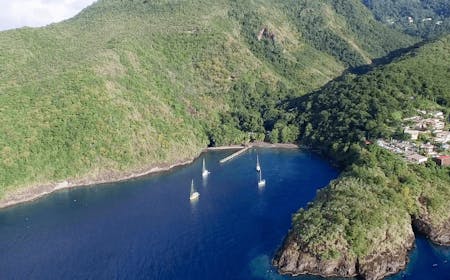
Big game fishing in Martinique
Big game fishing in Martinique is one of the tourist activities not to be missed during a stay on the islan...
The carnival of Martinique is renowned throughout the world and is one of the most beautiful. Full of history, unique in its kind, mixed and popular, it holds a great place in the local cultural heritage. Although it takes weeks to prepare, the festivities really begin on the Sunday after Epiphany and end on Ash Wednesday. Depending on the year, the carnival takes place in February or March.
This period is also a time of vacations and school vacations for the people of Martinique. It is then an ideal time for you to discover the island, while living an authentic cultural experience
Carnival in Martinique is a very important event in the cultural heritage of the island of flowers. All the inhabitants take part in it, but not only: as a visitor, you are also invited to join this celebration to live a colorful adventure!
To help you understand how it works, here is a short lexicon to know:
Gone: A parade in which anyone can participate. You will follow a group on foot in a very precise rhythm: suddenly, you stop and dance on the spot. Then, once you have left enough distance between you and the group, you run in a crowd movement towards the group. Then you stop again. And so on.
Walking groups: the best way to take part in the festivities, they give rhythm to the processions by marching through the streets. Composed of carnavaliers and orchestras, each one has its own identity and its own color: you just have to choose the one that gives you the most desire to follow it.
The bradjaks: old cars, very noisy, decorated with bright colors and slogans criticizing a current event. They are a must for the carnival.
King Vaval: a giant wooden mannequin representing a political or social theme - this year he embodied the chlordecone scandal. He is the master of ceremonies and his realization is entrusted to one or more artists from Martinique.
La Guiablesse : widow of King Vaval.
Les Nèg Gwo Siwo : association of about twenty people participating in the video of Fort-de-France. Coated with battery syrup and coal, they represent the Nèg' Marrons, fugitive slaves who used to coat themselves with this viscous composition to regain their freedom. Their role during the carnival of Martinique is to bring order in the crowd and to scare the participants.
The clay men : men and women cover themselves with clay to take statuesque poses and create living pictures.

The Touloulou : elegant lady, covered from head to toe and whose mask reminds that of the carnival of Venice. She represents the bourgeois women of the colonial period.
The carnival of Martinique was born in Saint-Pierre in 1650 when Jacques du Parquet bought the island. Accustomed to the sumptuous receptions given by the royal court, he decided to organize burlesque parties just before Lent.
In the houses, the slaves were not allowed to participate. However, they are there to prepare the party, serve the guests, entertain and play music. The parties were very drunk and often turned into orgies. The slaves then take advantage of this to meet up with other members of similar origin. This is how another carnival was born in their neighborhoods (the streets of the Negro huts). Accompanied by drums, flute of the Mornes (toutoune-bamboo), ti bwa...
From the abolition of slavery in 1848, parades are held freely in the streets of Saint-Pierre. The creativity of the participants appeared limitless! We then see the birth of the main characters of the current carnival Martinique and sarcastic songs, satires of current events.
In 1902, the eruption of Mount Pelee destroyed the city of Saint-Pierre and took the carnival with it. It is in 1906 that we see it reborn in the heart of the island, in Fort-de-France. In the 1950s, the Active Carnival Committee was organized and took charge of the carnival: the bands paraded on floats, the emblematic characters of Saint-Pierre were back.
Then, in 1973, the first groups on foot made their appearance with Tanbou Bo Kannal (initially "Le Kanaval Bo Kannal"). Born from the wish to break with the folkloric aspect of the carnival, they reintegrate its African origins with the drum, and create the Kalenbwa, stemming from the traditional rhythm Kalenda and Chouval Bwa music.
Carnival in Martinique starts in mid-February, after the Epiphany. More than a celebration, it is called "carnival season". Thus, all weekend long, you can attend parades of street bands and groups on foot in disguise. Whether you are with friends, a couple or a family, you can also discover shows and exhibitions.
From the Monday of the week before Carnival, you can see the children marching with their schools. Then, from Saturday to Wednesday of the week before Lent, you can attend the big parades and costume parties. Celebrations are held all over the island, with each day having its own theme.
Please note that during the carnival, you will not be able to circulate or park in the downtown area of Fort-de-France. To eat, don't count on the restaurants also closed, but rather on the authentic street food!
The next Carnival will take place from Saturday, February 13 to Wednesday, February 17, 2021 at Stade Pierre Aliker. Whether you are in the heart of the island or elsewhere, you can attend the festivities. Indeed, although the epicenter is in Fort-de-France, it competes more and more with the Parade du Sud. Moreover, the carnival of Martinique takes place all over the island, with various means and various importance. Before your stay, check the program of festivities to not miss anything and prepare yourself for this unique and friendly adventure!
If you can't be there, you can console yourself by watching the carnival on Youtube :

Big game fishing in Martinique is one of the tourist activities not to be missed during a stay on the islan...

Running out of ideas? Although it's pretty hard to imagine given the diversity of the island's attractions!...

La Rhumerie Clément, or Habitation Clément, is surely one of the most beautiful visits of the island. In Ma...